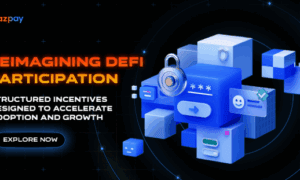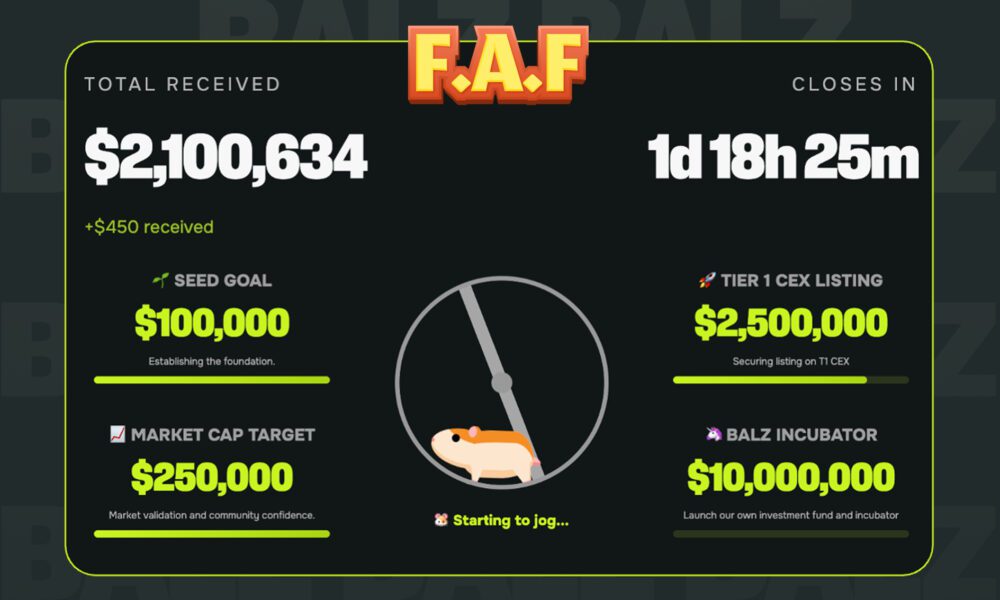The real estate industry has long been a cornerstone of investment strategy, community development, and wealth creation. But over the past few years, a new wave of technology, powered by artificial intelligence, machine learning, and even blockchain, has begun to disrupt how property is bought, sold, and managed. While these innovations are often associated with global markets and major metropolitan areas, they’re also gaining traction in unexpected places. One such example is the evolving Oro Valley real estate market, a rising hotspot in Southern Arizona that’s quietly embracing the future.
AI: The Data-Driven Backbone of Modern Real Estate
AI’s impact on real estate begins with its ability to analyze massive amounts of data in real-time. From property valuations to buyer behavior and lead scoring, AI tools are giving brokers and agents the power to make decisions with far more accuracy than ever before. Instead of relying on gut instinct or anecdotal market knowledge, professionals are now leveraging algorithms trained on millions of historical transactions and neighborhood trends.
Startups in this space are rapidly gaining ground. Platforms that use AI to generate listing descriptions, optimize pricing, and even match buyers with homes based on lifestyle data are becoming common. This isn’t just about automation, it’s about personalization. In markets like Oro Valley, where a mix of retirees, remote workers, and families are all vying for space, hyper-personalized recommendations can give agents and sellers a clear edge.
Blockchain and Smart Contracts: Streamlining Trust
Blockchain technology is poised to revolutionize real estate transactions by increasing transparency, reducing fraud, and speeding up the closing process. In traditional transactions, multiple intermediaries are required to validate ownership, transfer funds, and verify contracts. This introduces delays, costs, and points of failure. Smart contracts, powered by blockchain, aim to solve that by automatically executing when preset conditions are met.
Imagine purchasing a home without needing to wait days for escrow to clear. Instead, funds are automatically released once all digital signatures are received and inspection data is confirmed. This isn’t hypothetical, it’s already being piloted by firms in Arizona. As legislation evolves to support digital real estate processes, smaller markets like Oro Valley stand to benefit from lower fees and more secure deals.
Tokenization and Fractional Real Estate
Another disruptive blockchain application is property tokenization. This involves dividing real estate assets into digital tokens, each representing a fractional share of the property. This model enables more people to invest in real estate without buying entire properties, opening the door to liquidity in a traditionally illiquid market.
While this concept is more common in commercial real estate and luxury properties, early-stage tokenization efforts are expanding into residential areas. Startups are launching marketplaces where tokens of income-producing rental homes can be bought and sold like stocks. As these platforms mature, towns like Oro Valley could attract real estate investors who otherwise wouldn’t consider small-town opportunities.
Local Implementation in Unexpected Places
What makes the Oro Valley example particularly compelling is how grassroots this innovation has been. Local agents are adopting tools like AI-powered CRM systems, chatbot-assisted websites, and automated scheduling. Meanwhile, some title companies in the Tucson metro area are experimenting with blockchain tools for identity verification and escrow automation.
This bottom-up adoption is a key signal that real estate technology is no longer limited to elite markets. In fact, smaller towns may benefit more in the short term. With fewer bureaucratic layers and a hunger for efficiency, they’re often able to pilot and implement new solutions faster than their larger counterparts.
The Future: Predictive AI and Beyond
Looking ahead, the next wave of innovation will likely come from predictive AI. These systems will not just analyze what’s happening now, they’ll forecast what’s likely to happen in the next 6, 12, or 24 months. This will allow investors to identify emerging hot zones, developers to plan more efficiently, and buyers to time their purchases strategically.
Companies combining AI, blockchain, and IoT (Internet of Things) are already building systems that can flag maintenance issues before they occur, recommend optimal listing dates based on micro-market data, and even predict lifestyle compatibility between a home and its prospective buyer. The possibilities are vast, and Oro Valley’s growing embrace of these tools is a case study worth watching.
Conclusion
The real estate world is no longer resisting innovation, it’s leading with it. As AI and blockchain continue to change the rules, forward-thinking markets like Oro Valley are quietly proving that tech adoption doesn’t require skyscrapers or Silicon Valley zip codes. It just takes a willingness to embrace smarter tools, better data, and a more connected future.
Oro Valley may be a small town, but it’s setting a big example. By combining traditional values with cutting-edge tools, this community is showing that real estate innovation isn’t just for tech giants or luxury markets. It’s for anyone who believes in doing things better, faster, safer, and with more transparency. The future of real estate is already here, and Oro Valley is helping define what it looks like.




























